Wells Special Hinoki Cypress
$84.50 Original price was: $84.50.$59.15Current price is: $59.15.
- Free Shipping over $25
- Fast & reliable delivery options
- Enjoy top quality items for less
- Multiple safe payment methods

Many conifer evergreens have a ‘strong’ look in the garden – bold horizontal branching, long needles or short, bristly ones, and colors of blue or silver. Often, we want something much softer, yet evergreen, and with character and charm combined. For that we can turn to the Hinoki Cypress, a tree with its origins in Japan, that has charming fern-like foliage, looking very different from the typical spruce, pine or fir. There are many smaller forms of this giant forest tree, but one has a unique combination of characteristics that makes it really worth growing. This variety forms a tall, slender, upright column of mossy dark-green in rounded sprays, and there truly is something special about Wells Special Hinoki Cypress.
Growing Wells Special Hinoki Cypress
Size and Appearance
Wells Special Hinoki Cypress is an upright evergreen tree that will pass 15 feet in height, and yet be hardly more than 5 feet wide when it does. This striking columnar form has foliage to the ground, arranged in rounded, fern-like sprays. It holds its color throughout the year, without bronzing in winter or scorching in summer. In spring the new growth is a striking chartreuse, which looks great against the darker green of the older leaves. It slowly gives way to greener tones, before the leaves take on their final, adult, emerald green by mid-summer. It retains a single central stem, which in time will thicken into a slender trunk. Old trees might, in time, produce rounded cones, but these are of no particular ornamental value. The way in which the branches form rounded clusters of foliage is especially beautiful, suggestive of clouds, ocean waves or mossy banks. This is not a fast-growing tree, but it will add about 6 inches a year to its height.
Using Wells Special Hinoki Cypress in Your Garden
This tree is perfect as a specimen on a lawn or in a bed. Plant it alone, or in a cluster of three trees for a beautiful effect. Use a pair on either side of a doorway or entrance. Plant a row as an untrimmed screen or natural hedge. Place it between windows around your home, or for accent in larger shrub beds. Grow it on the edges of wooded areas. With its fan-like foliage, and coming from Japan, it is a natural for Asian or Japanese gardens, with just the right look without trimming or training. It can also be grown in planters or pots, to bring its charms to a terrace, balcony or patio. For screening, plant 3 to 4 feet apart. For group planting space irregularly, allowing 4 feet or more between the plants. Allow enough room overhead from tree limbs, power lines and roof eaves for it to reach its mature height without obstruction.
Hardiness
Wells Hinoki Cypress is hardy from zone 4 to 9, growing best in areas with year-round rainfall and cooler summers.
Sun Exposure and Soil Conditions
Full sun or partial shade are perfect for Wells Hinoki Cypress. In warmer zones some afternoon shade is appreciated by this tree, and light dappled shade is also perfect. The ideal soil is moist, rich and well-drained, but as long as it is not too dry, or flooded, most garden soils are suitable. Prepare the ground well by digging plenty of organic material into the soil and use more as mulch to preserve moisture. Well-established trees can take some dryness, but regular watering is best, and this tree is not particularly drought tolerant.
Maintenance and Pruning
In the first season or two, pay attention to moisture by watering regularly, once or twice a week during hot and dry weather. After that no special care is needed, but spring mulch and some evergreen fertilizer will encourage good growth. It is normally not bothered by pests or diseases and ignored by deer. No trimming is needed to keep its slender columnar form, and we recommend not trimming, as it is easy to destroy the rounded formation of the branches, which are an important and beautiful feature of this plant, only improving with age.
History and Origin of Wells Special Hinoki Cypress
The Hinoki Cypress, Chamaecyparis obtusa, is a large forest tree in its native country of Japan. There it forms extensive forests, particularly in central and southern areas. The small, scale-like leaves cluster on curved, fan-shaped branches, forming sprays of foliage along the branches. Trees are often over 100 feet tall, reaching 140 feet in exceptional specimens. The lemon-scented wood is soft and easy to work, but resistant to rot and decay. It is used for temples and palaces, with pieces replaced over the years, so that temples that are a thousand years old may be made today mostly of timbers replaced in the last one or two hundred years. The wild tree is rarely seen in gardens, but there are over 200 selected forms, with a range of sizes, foliage forms, and colors from gold to dark green. The variety called ‘Wells Special’ was originally thought to have been found at Wells Nursery in Mount Vernon, Washington state. Today it is thought to be more likely that it came from the nursery of John Mitsch, in Aurora, Oregon, some time before 1977. The rules of naming plant varieties prevent it being ‘correctly’ named.
Buying Wells Special Hinoki Cypress at The Tree Center
We love the calming beauty of this serene tree, and the grace and charm it brings. It really is a classy tree we know you will love. Always difficult to source, we found a few select plants, so order now because we know his variety won’t be around with us for long – it’s a hot favorite with collectors.
Be the first to review “Wells Special Hinoki Cypress” Cancel reply
Related products
Evergreen Trees
Evergreen Trees
Cedar Trees
Cypress Trees
Evergreen Trees
Evergreen Trees
Evergreen Trees
Cypress Trees




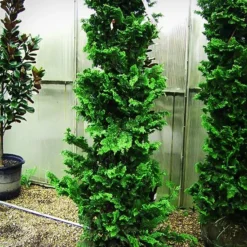
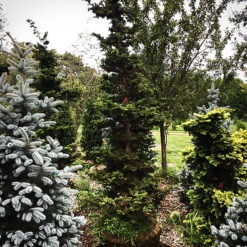
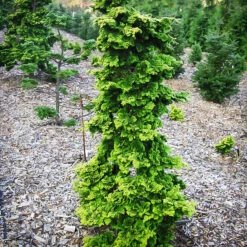


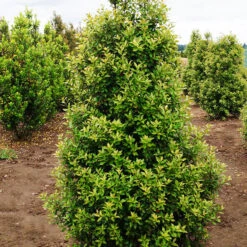







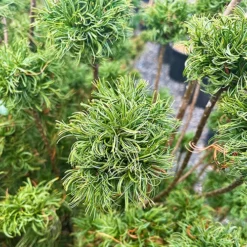
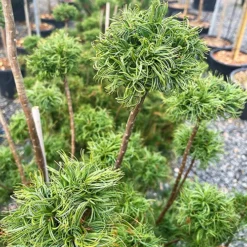


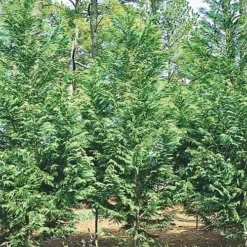

Reviews
There are no reviews yet.